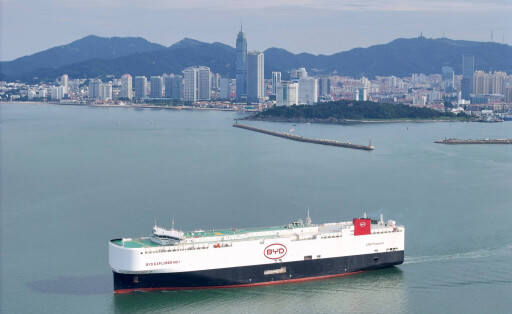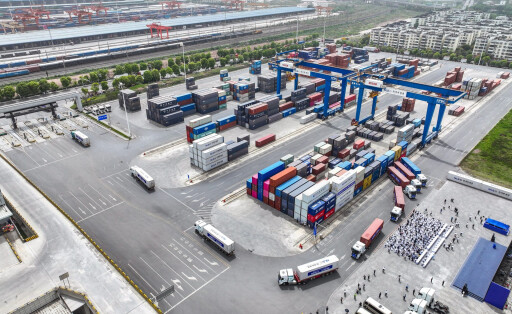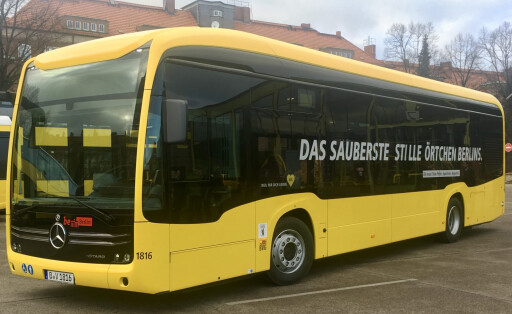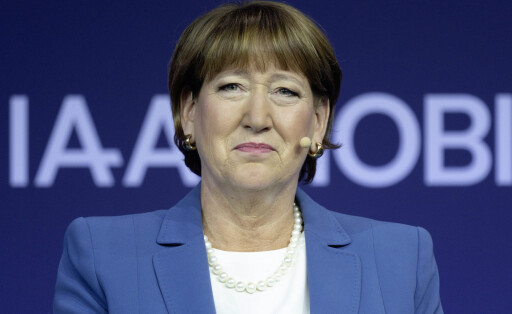
Logistics: China's battery boom makes shipping risky
The insurance sector groans under the strain of maritime shipping. Accidents are increasing, largely due to lithium-ion batteries, which are mainly found in Chinese electric cars.
By Christian Domke Seidel








